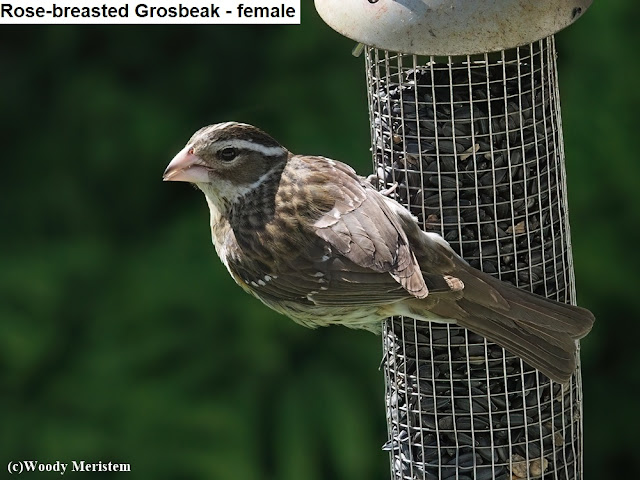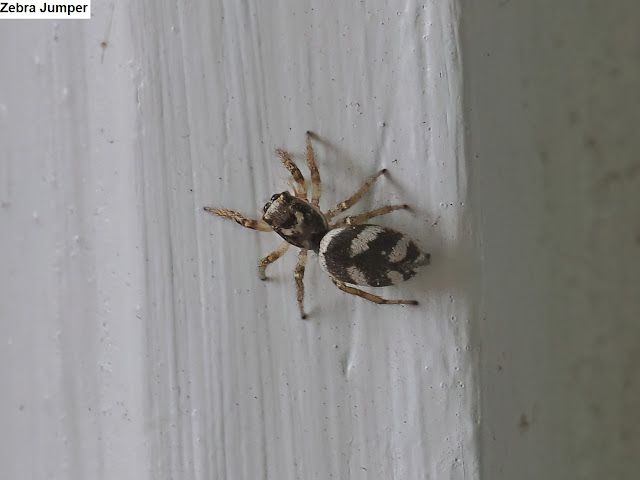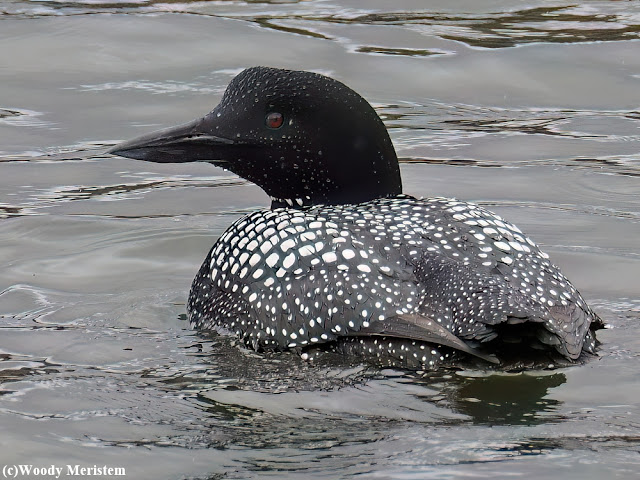Three
months, February, March and April, spanning late winter to
mid-spring. A winter with little to no snow, and what did fall didn’t
last long, no more than two or three days, before it melted.
But there was wildlife in the fencerow.
Male white-tailed deer lose their antlers each year, anywhere from November to April; the two bucks in this video have each lost one antler. Bucks' second antler may be lost at the same time as the first, or it may hang on for hours, days or, in rare circumstances, a few weeks.
In spite of the presence of gray fox and weasel, gray squirrels and cottontail rabbits still abound in the fencerow. Predators can't eliminate their prey lest they too be eliminated; obviously both are abundant in the fencerow –
One
clip in the video has two gray fox, mated pairs of which often hunt
together.
The fencerow lies between two old fields: one was a pasture which is now occupied by blackberry canes, grasses and forbs, black walnut saplings and autumn olive shrubs. The other field was used to produce hay for beef cattle and is now occupied by several species of grass and some goldenrod and milkweed.
Long-tailed weasels prey on small mammals up to the size of cottontail rabbits. My camera traps have gotten more videos of these weasels on this property than anywhere else – why I do not know.
And those blue jays: Blue jays feed heavily on oak acorns, burying hundreds, often thousands, to retrieve and eat in the lean days of winter. Only about 25 percent of those acorns are ever retrieved and thus spread oak forests into open areas and woodlands. Blue jays are the primary means of spreading oak forests, and will probably be the principal way oak forests move north as the climate changes.

-DeNoiseAI-low-light.JPG)
%20-%20probabily%20Cyathus%20pallidus.JPG)























.JPG)
-DeNoiseAI-low-light.JPG)
-DeNoiseAI-low-light.jpg)
.jpg)
.JPG)
.JPG)

.JPG)
.JPG)
.JPG)
%20-%20white.JPG)
%20-%20blue.JPG)
.JPG)
.JPG)
.JPG)
-DeNoiseAI-low-light.JPG)

-DeNoiseAI-low-light.JPG)
.JPG)
.JPG)
.JPG)
.JPG)
.JPG)
.JPG)
.JPG)
.jpg)
.jpg)
.jpg)
.jpg)
.JPG)
.JPG)
.JPG)